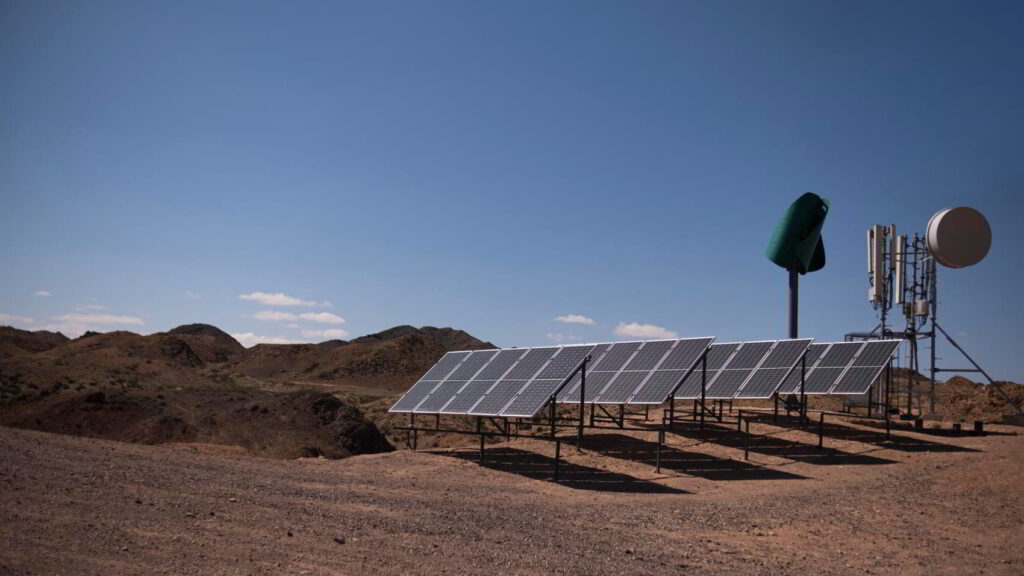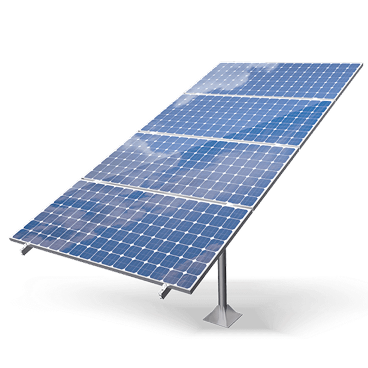Ground Mounts
- Jaimax Sunbim Private Limited
- Ground Mounts
Ground Mounts
Ground mount solar systems are solar panels installed on the ground instead of on a roof. They are a great choice if you have open space like a field, backyard, or factory land. These systems can be built in any direction to get the best sunlight, which helps make more electricity. Ground-mounted panels are also easy to clean, maintain, and expand in the future. Whether for a home, business, or farm, they are a smart way to save money on electricity and use clean, green energy from the sun.
Save Money, Go Solar Power Your Home with Clean Energy!

Benefits
- Best Use of Empty Land
- More Power from the Sun
- Easy to Clean and Take Care Of
- No Pressure on Your Roof
- Perfect for Farms and Rural Areas
- Great for Big Setups
- Work Better in Hot Weather
- Easy to Expand Later
- Strong and Weather-Resistant
- Good for Long-Term Investment
Advantage of Our Company
Government Subsidies Assistance
Expert Installation Services
Financing Options
Real-Time Monitoring Systems
Residential Project Work
200 Kw
Natural Green
Wood Industries
City : Surat
100 Kw
Safal Industries
City : Gandhinagar
50 Kw
Best Packaging
City : Chhatral
200 Kw
Natural Green
Wood Industries
City : Surat
Frequently Asked Questions
What is a ground mount solar system and how is it different from rooftop solar?
A ground mount solar system is a type of solar installation where panels are fixed on metal frames directly on the ground, instead of on the rooftop.
Key differences:
Ground mounts are ideal if you have open land and want to avoid putting weight on your building’s roof.
You can position the panels in the best direction and angle to capture more sunlight.
They are easy to clean, expand, and maintain, especially for large systems.
How much land do I need for a ground-mounted solar system?
You’ll need about 100 to 130 square feet per kilowatt (kW) of solar panels.
For example:
A 5 kW system would need 500–650 sq. ft
A 50 kW system may need 5,000–6,500 sq. ft
The exact space may vary depending on panel type, tilt angle, and row spacing to avoid shading.
Are ground mount systems more expensive than rooftop systems?
Yes, generally ground mount systems are slightly more expensive due to:
Extra materials like support structures, poles, and foundations
Land leveling or civil work (if the ground is uneven)
However, they also offer:Higher energy output (due to better panel angle and cooling)
Easier maintenance access
Scalability for future expansion
Do I need any permissions or approvals for installing a ground mount system?
Yes, in most areas you will need:
Local permits or municipal approval
Zoning clearance (especially in urban or protected zones)
Electrical safety and net metering approval from your power utility
In some places, ground mounts are treated as a “structure,” so engineering drawings or wind load testing may be required.
Can I use a tracking system with ground-mounted panels?
Yes! Ground mount systems can include solar trackers that move panels throughout the day to follow the sun.
This increases power generation by 15–45%
However, tracking systems cost more and require more maintenance
Best suited for large installations where higher output is needed
What kind of maintenance is needed for ground mount systems?
Ground-mounted solar panels are easier to maintain than rooftop ones. You should:
Clean panels 3–4 times a year (more often in dusty areas)
Trim grass or bushes around the panels
Inspect wiring, bolts, and frame once or twice a year
Use real-time monitoring tools to track performance and catch issues early
Are ground mounts safe and long-lasting?
Yes, they are designed to be strong and weather-resistant, typically lasting 25–30 years. However:
They must be installed securely to handle wind, rain, and animals
You can install fencing for protection against wildlife or vandalism
Use anti-rust frames and quality mounting systems for long life




